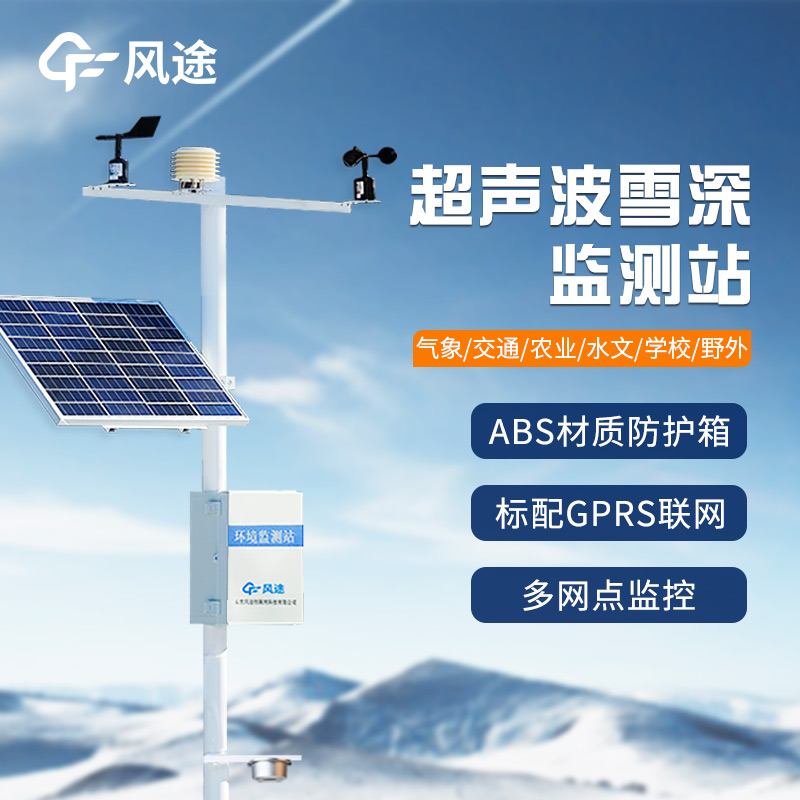Shandong Fengtu IOT Technology Co., Ltd
Sales Manager:Ms. Emily Wang
Cel,Whatsapp,Wechat:+86 15898932201
Email:info@fengtutec.com
Add:No. 155 Optoelectronic Industry Accelerator, Gaoxin District, Weifang, Shandong, China

Sales Manager:Ms. Emily Wang
Cel,Whatsapp,Wechat:+86 15898932201
Email:info@fengtutec.com
Add:No. 155 Optoelectronic Industry Accelerator, Gaoxin District, Weifang, Shandong, China
time:2024-04-26 08:41:30 source:Weather Station viewed:679 time
When selecting a suitable wind sensor for an automatic weather station or wind measurement system, the different characteristics of ultrasonic and mechanical wind sensors need to be weighed.
Mechanical strength is an important consideration when selecting a wind sensor. While ultrasonic wind sensors are more robust due to the absence of moving parts, mechanical wind cups and vane sensors are also quite durable and can only be damaged by extremely strong winds, such as hurricanes exceeding 234 kilometres per hour. In addition, flying objects that may accompany strong winds may also damage the sensors.
When selecting a mechanical wind sensor, you need to consider its performance in cold and frosty environments. In extremely cold climates, the accumulation of snow and ice may break the rotor and wind vane of the wind sensor. Electrically heated wind sensors are available on the market, but they consume a lot of electricity and are not ideal for systems that rely on battery or solar power.
Sonic wind sensors are recommended when very low wind speed environments need to be measured. They are more sensitive than wind cup and vane sensors, especially for low wind speed measurements. In addition, acoustic sensors respond quickly to sudden changes in wind speed, making them also suitable for assessing the strength and duration of wind gusts.
Ultrasonic wind sensors are much easier to install; they do not require very precise horizontal mounting like cup and vane sensors. Therefore, the structure supporting the ultrasonic sensor does not need to be strictly horizontal, whereas cup and vane sensors must be mounted horizontally to ensure accurate measurements.
If the wind speed and direction sensors are separate, then two fixed structures and two cables are required to feed into the collection system. In contrast, ultrasonic wind sensors require no additional mounting fittings and only one cable to connect to the acquisition unit.

Soil moisture monitoring techniques fall into three main categories: direct measurements, matrix potential measurements and non-contact indirect measurements.Direct measurements: moisture content is calculated by weighing and drying soil samples, or measured directly using instruments such as neutro...
6 elements automatic weather observation station FT-CQX6 is a civil weather station product launched by Windway Technology, which is based on ultrasonic weather sensor and can monitor the conventional six elements in real time: wind speed, wind direction, air temperature, air humidity, air pressure...
Within the scope of meteorology, wind speed and direction, as key meteorological elements, are of great significance to human production activities. Most traditional wind speed measurement methods and instruments can only measure two-dimensional wind speed. However, wind speed is actually a three-di...
wind speed sensors are ultrasonic sensors that measure wind speed and direction, providing important data for meteorological research, aviation, offshore operations, and more....